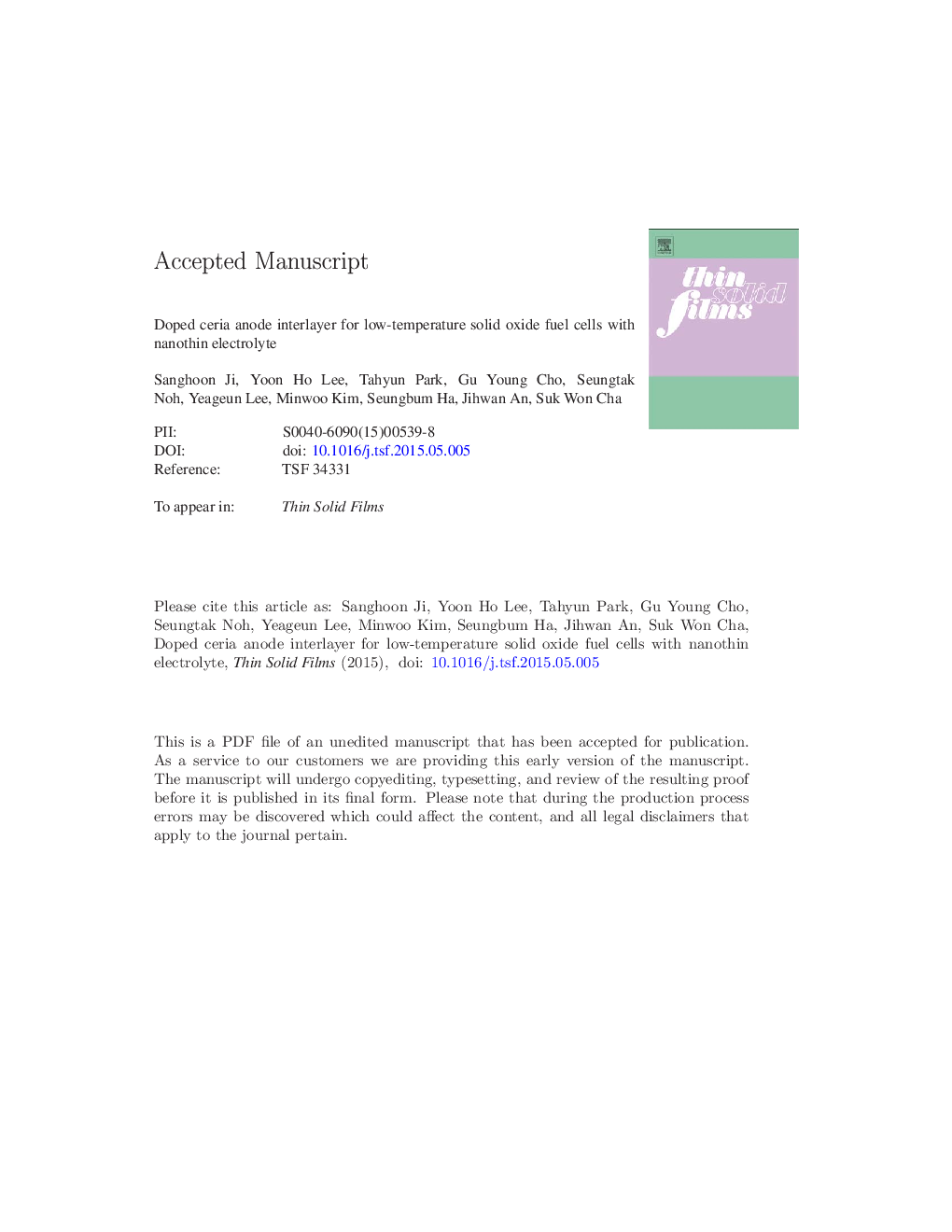| Article ID | Journal | Published Year | Pages | File Type |
|---|---|---|---|---|
| 10669619 | Thin Solid Films | 2015 | 24 Pages |
Abstract
Gadolinium-doped ceria (GDC) deposited by radio frequency magnetron sputtering is utilized as the anode interlayer for low-temperature solid oxide fuel cells (LT-SOFCs) with a nanothin yttria-stabilized zirconia (YSZ) electrolyte and Ni/Pt electrodes. When the thickness ratio of YSZ electrolyte versus 100 nm GDC anode interlayer is at or below 1.5, the electrochemical performance of the LT-SOFC is severely poor due to the microstructural instability of the GDC anode interlayer under high-temperature reducing atmospheric conditions. At 500 °C, the peak power density of the LT-SOFC with a Ni anode and a 20 nm GDC anode interlayer is ~ 30% higher than that without the GDC anode interlayer due to faster reaction kinetics on the anode side.
Related Topics
Physical Sciences and Engineering
Materials Science
Nanotechnology
Authors
Sanghoon Ji, Yoon Ho Lee, Taehyun Park, Gu Young Cho, Seungtak Noh, Yeageun Lee, Minwoo Kim, Seungbum Ha, Jihwan An, Suk Won Cha,
